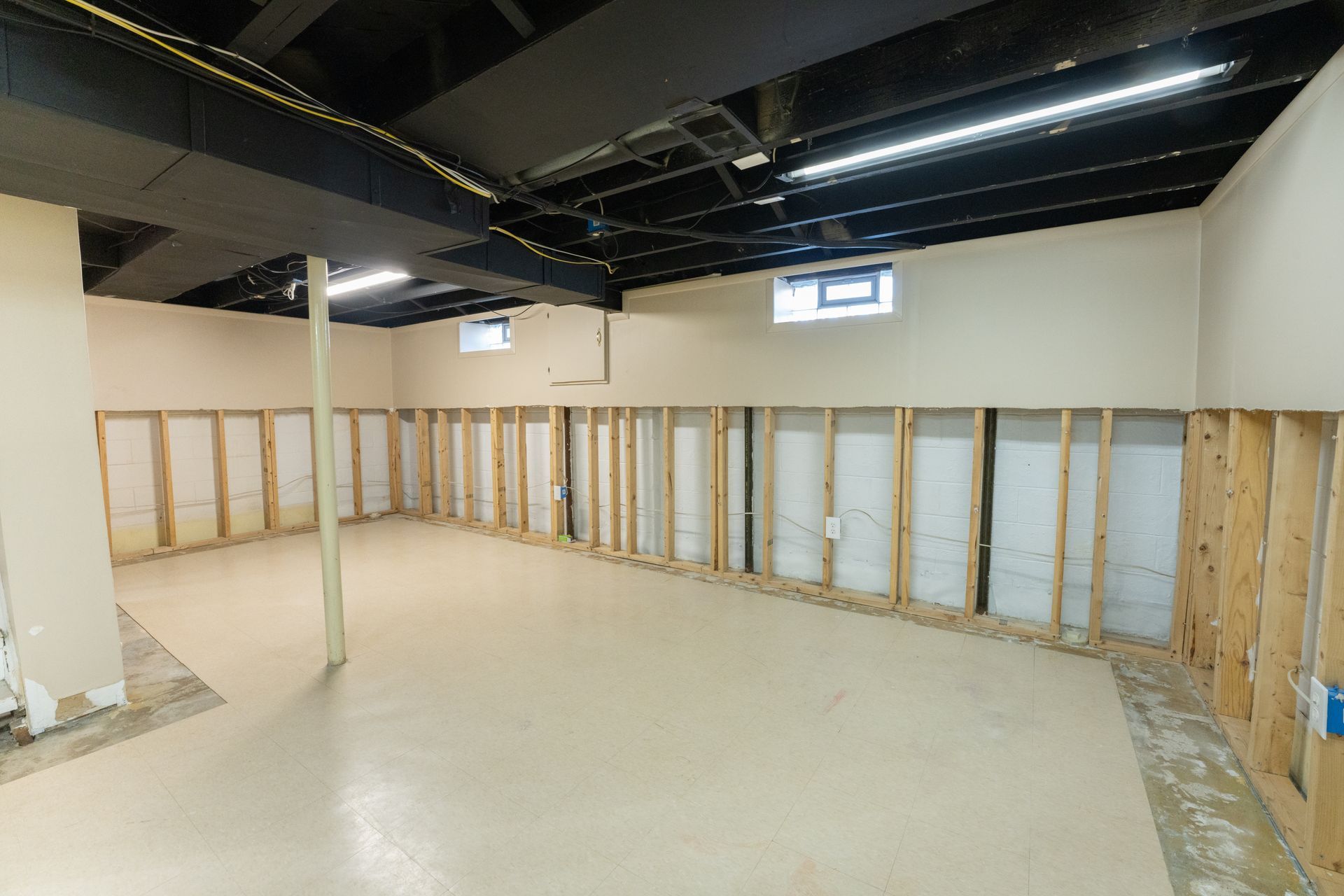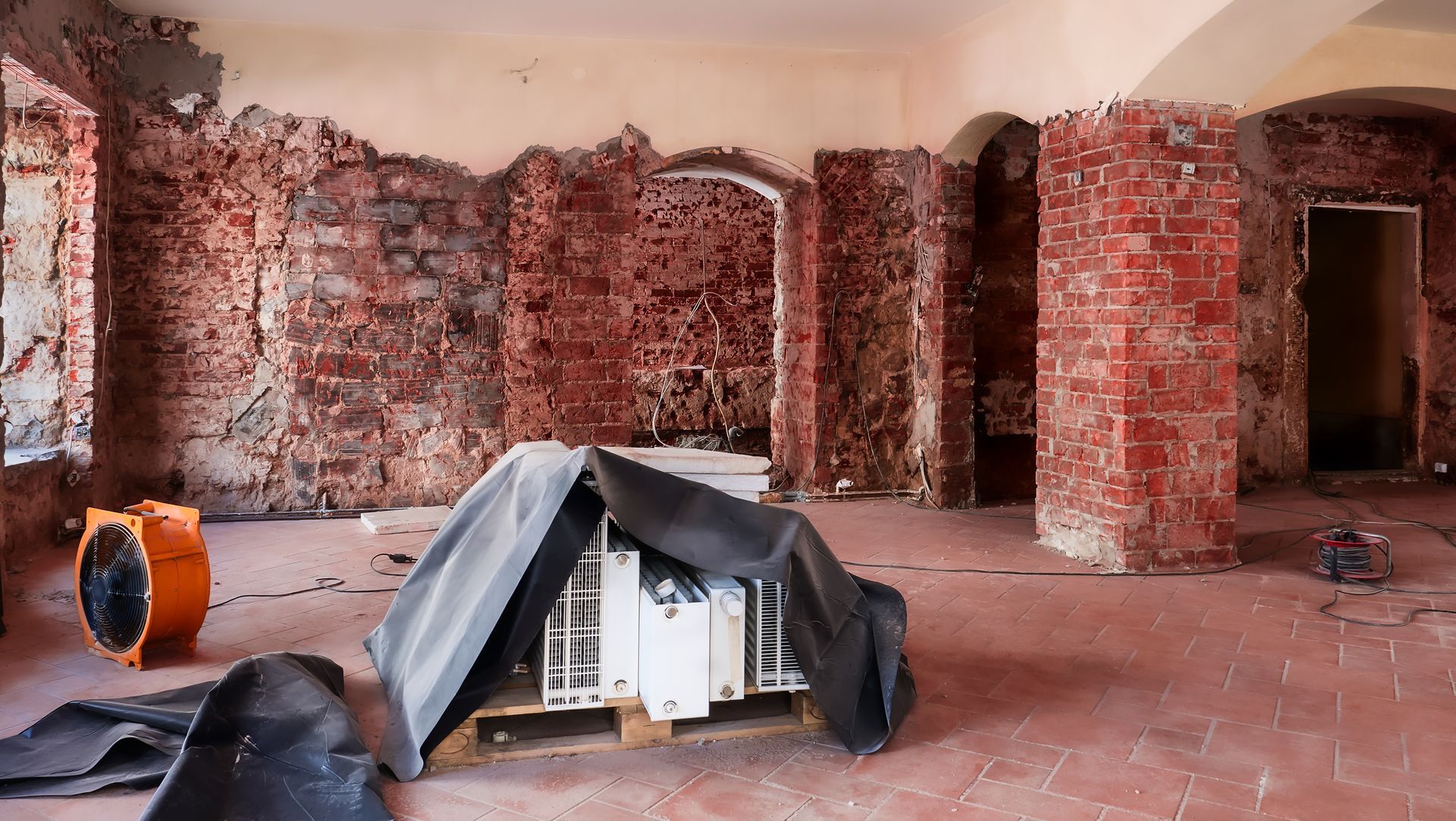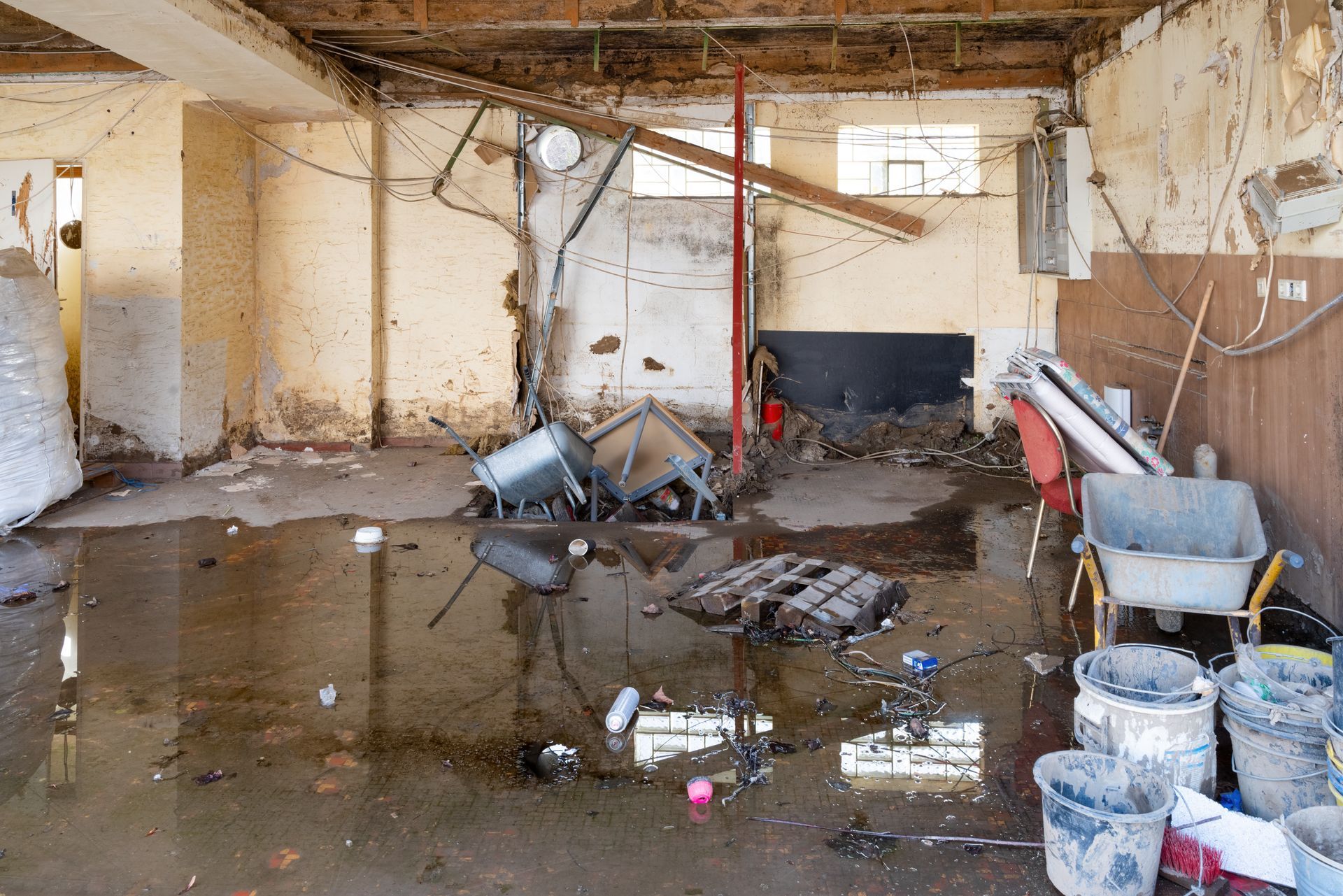Understanding the 3 Categories of Water Damage: Why It Matters for Your Business
When your business experiences a water loss, it's easy to focus on what you can see: soaked carpets, damaged equipment, or standing water in your hallways. But behind the scenes, not all water is equal, and understanding the category of water loss is key to protecting your building, your people, and your bottom line.
At GRS, we respond to all types of water damage along the Gulf Coast, from clean water leaks to severe flooding and sewage backups. Each category of water loss requires a different approach, and acting appropriately can mean the difference between a fast recovery and long-term damage.
Here’s what you need to know about the three categories of water damage and how they impact your recovery timeline and health risks.
Category 1 Water Loss: Clean Water Damage
This is the least hazardous type of water loss and typically involves clean, potable water. Common sources include a broken water supply line, faucet leaks, or water intake from a washing machine or dishwasher.
While Category 1 water may seem harmless, it can still cause serious damage to floors, drywall, and contents if left unaddressed. If the water sits too long, it can degrade into a Category 2 or 3 situation, especially in the warm, humid climate of the Gulf South.
Category 2 Water Loss: Gray Water Contamination
Category 2, or "gray water," refers to water that is contaminated and may pose a health risk through skin contact or inhalation. It often comes from appliance outflow (like washing machines or dishwashers), overflowing toilets (without solid waste), or sump pump failures.
Gray water may contain bacteria, chemicals, or other harmful substances. If not cleaned and disinfected properly—and quickly—this type of water damage can lead to mold growth and degrade further into Category 3.
Category 3 Water Loss: Black Water and Biohazard Risks
Category 3 is the most dangerous level of water loss. Often called "black water," it involves grossly contaminated water that can carry pathogens, toxic substances, and biohazards. This includes sewage backups, storm surge flooding, toilet overflows with waste, and water from natural disasters.
Exposure to black water can cause serious illness or infection. It requires full personal protective equipment (PPE), professional containment, disinfection, and often the removal of affected materials. In commercial buildings, this type of water loss must be handled by licensed professionals to meet health and safety standards.
Why Water Damage Category Matters
Knowing the category of your water loss helps determine how quickly you must act, what type of cleanup is required, and whether materials can be salvaged. At Guarantee Restoration Services, we assess the category immediately upon arrival and tailor our response accordingly.
Don’t Take Risks With Water Damage
If your business in Baton Rouge, New Orleans, Lafayette, or anywhere along the Gulf Coast has experienced a water loss, it’s critical to respond swiftly and correctly. Whether it’s a Category 1 clean water leak or a Category 3 biohazard emergency, Guarantee Restoration Services has the expertise to assess, contain, and restore your property.






